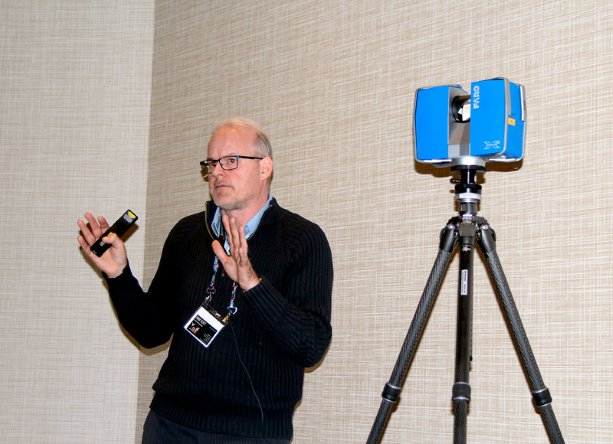The Ontario General Contractors Association’s (OGCA) 10th symposium featured two days of educational sessions on timely topics geared towards general contracting companies, with the lien act, technology and other industry issues at the forefront.
The symposium was held recently in Blue Mountain, Ont. The following are brief highlights from several sessions.
Construction lien act review update
Bruce Reynolds, a construction law expert with Borden Ladner Gervais LLP and co-author of Striking the Balance: Expert Review of Ontario’s Construction Lien Act, took part in a panel discussion at the symposium and provided an update on the review process.
The report focuses on modernizing the act, promptness of payment and the efficiency of dispute resolution.
Almost all of the 100 recommendations contained in the report received policy approval by the provincial government and Reynolds and Sharon Vogel, co-author of the report, are now working with the legislative drafting group to draft a bill that Ontario Attorney General Yasir Naqvi has indicated will be brought to the legislature in the spring.
"We have been told that this is very unusual, that typically draft legislation is generated completely on an in-house basis, but that in this particular instance it was felt that it was important that the legislative drafts person, who has been tasked with this project, to have direct access to Sharon and I so we interpret some of the more technical aspects of our recommendations," explained Reynolds. "So we’re now on draft 10 of what is in fact part of what will be the ultimate amending legislation."
Naqvi also said that the advisory group was one of the strengths in the process.
First reading of the bill is expected before the end of the session and ideally the legislation would come into effect before the end of the year, Reynolds said.
"I would encourage you, if you do support our work and if you do feel the draft legislation — when it comes forward — maintains that balance, that you support the project in committee if you happen to be a member of any of the groups that present at committee," said Reynolds. "Because of course what happens at committee is very, very important for the end product that will amend the legislation that is so important to all of us."
New industry technology
Dave Tipler
Tipler Industries
LED lighting, laser scanning and smart vests were highlighted in the new construction industry technology session at the symposium.
Brian Astl of Lind Equipment spoke about an LED jobsite, replacing bulb-based temporary lighting on a jobsite with purpose-built LED temporary lighting.
"It’s a sustainable way to light up your jobsite that will save you time and money while helping you win more jobs," he said, adding the new technology is not as expensive as one would think, reduces energy usage, labour and maintenance expenses and can be used over and over again.
Leo You, an electrical engineer and CEO of Flexo Safety Innovations Inc., shared his innovative technology which aims to "make safety smarter with wearable technology," reduce back injuries and prevent other injury risks in the industry.
A shirt detects posture, gloves detect weight and a module stores the data which can then be analyzed. Sensors detect a worker’s movements and sends a vibrational warning for incorrect posture, too much weight or over lifting duration. You said the company can work with the industry to incorporate sensors into their uniforms.
Dave Tipler spoke about 3-D laser scanning technology and how it can be used in industry workflows to increase productivity, provide a better product and increase margins while benefiting all parties involved in construction projects.
"3-D laser scanning is a technology that captures technology in three dimensions and it takes that reality and creates a 3-D electronic model," explained Tipler, adding the model is easy to use, fast, accurate, reliable and can help companies save time and money. "3-D laser scanning is like a measuring tape on steroids."











Recent Comments
comments for this post are closed